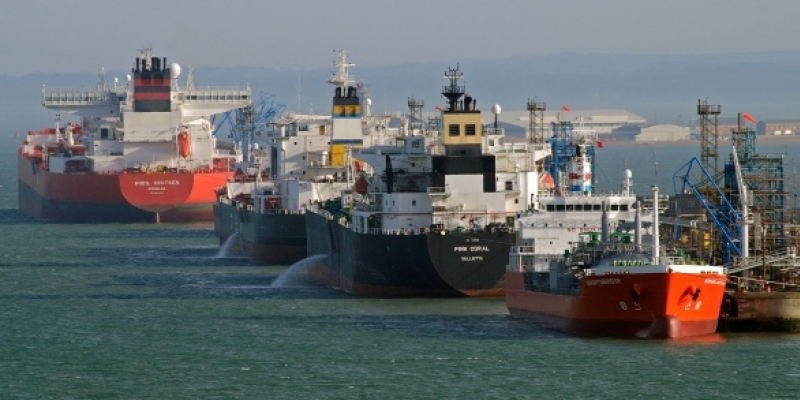Energy Transportation and Tanker Safety in Canada

With several rapidly industrializing emerging economies, world energy demand is booming and this growth trend is projected to continue for several decades to come. Liquid fossil fuels are and will con¬tinue to be a primary component of global energy supply. As Canada’s traditional market demand in the United States diminishes, new markets must be found for Canada’s abundant resources so that Canada’s economic growth and prosperity continue to flourish.
Yet opposition to the most logical pathway to additional markets in Asia and Europe continues to grow. Pipelines have been enduring adamant opposition for years, and now, activist groups have focused on restricting ocean transportation as a new point of opposition for blocking the development of Canada’s oil sands.
A review of tanker safety in Canada and abroad shows that tankers are a highly reliable and increasingly safe way of transporting oil.
- There has never been a significant spill of crude oil in Canadian waters despite tens of thousands of transits on the East and West Coasts, including the year-round delivery of crude oil to the Valero refinery at Saint-Romuald, Quebec, on the south shore of the Saint Lawrence River from Quebec City.
- The only major oil spill in the last 20 years on Canada’s West Coast occurred in 2006 when the BC ferry Queen of the North sank with 240 tonnes of oil on board. In comparison, the Exxon Valdez spilled approximately 40,000 tonnes of oil in 1989, in Alaska’s Prince William Sound. The most significant oil spill off Canada’s East Coast occurred in 1970, when the tanker Arrow spilled over 10,000 tonnes of oil off Nova Scotia. This is about one quarter of the amount spilled by the Exxon Valdez.
- Canadian shipping accidents reached a 38-year low of 236 in 2012, an 18% decrease from the 2011 total of 287 and a 30% decrease from the 2007– 2011 average of 337. The Transportation Safety Board of Canada (2014) noted that there were 250 shipping accidents in 2013, a 5% increase from the 2012 total but an 18% decrease from the 2008–2012 average of 305. Statistical analysis using linear regres¬sion indicates that there has been a significant downward trend in the number of shipping accidents since 2003.
- Particularly for oil, on a global basis, there has been a precipitous decline in oil spilled since the 1970s. Over half the volume, or 56% of the total amount of oil spilled worldwide in 40 years, was in the 1970s. The percentage of the total drops to 20.5% in the 1980s and remains fairly constant at 19.8% in the 1990s. The percentage for the 2000s drops markedly to 3.7% of the total volume of oil spilled over the 40-year period.
All of this is in the face of increased quantities of goods being shipped: the global seaborne oil tanker trade nearly doubled over the last 30 years.
Marine transportation as a crucial and irreplaceable conveyor of fuels to domestic and international markets will always need to be monitored for its reliability and safety. Measures to prevent and mitigate accidents and oil spills will be a necessity as long as oil is moved by water. Canadian regulators will have to strive to preserve the positive trends in safety seen in recent decades.
But such measures are far from the types of bans and restrictions being proposed for tanker traffic off Canada’s coasts. While potential areas of improvement must be constantly investigated and acted upon, tanker traffic on Canada’s coasts, and especially on the West Coast, should be facilitated—not banned—for national economic progress, sustainable development, and judicious long-term planning in the interest of Canada’s current and future citizens.
Author:
More from this study
Subscribe to the Fraser Institute
Get the latest news from the Fraser Institute on the latest research studies, news and events.

